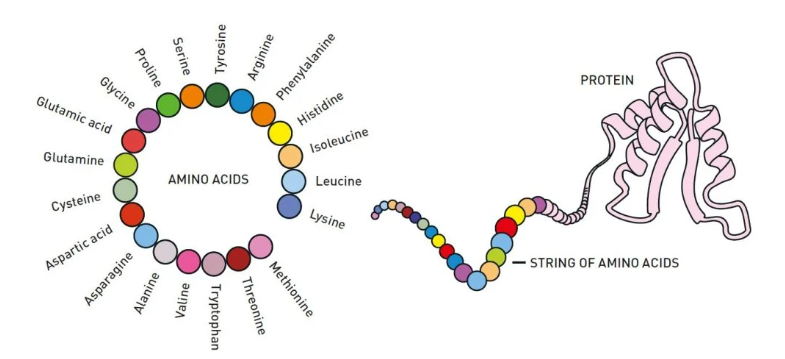

Proteomics and Protein Structure Prediction
Proteomics is the large-scale study of proteins, particularly focusing on their functions, structures, and interactions within biological systems. It is a critical field of molecular biology aimed at understanding the proteins that make up the cell, tissue, or organism. While genomics examines the DNA sequence, proteomics looks at the proteins produced from that genetic information, which are responsible for carrying out various cellular functions such as catalysis, signaling, structure, and transport.
The proteome, or complete set of proteins expressed by an organism, is highly dynamic and can change in response to different conditions, making its study crucial for understanding biological processes and diseases. Techniques such as mass spectrometry (MS) and two-dimensional gel electrophoresis (2-DE) are commonly used in proteomics. These methods allow scientists to separate, identify, and quantify proteins in complex biological samples, making proteomics a valuable tool in areas like drug discovery, disease biomarker identification, and personalized medicine.
Protein structure prediction, on the other hand, involves computational methods used to predict a protein's three-dimensional (3D) structure based on its amino acid sequence. The 3D structure of a protein is directly tied to its function, and understanding this structure can provide deep insights into how proteins work within cells. While experimental techniques like X-ray crystallography and NMR spectroscopy are used to determine protein structures, these methods are time-consuming, expensive, and not always feasible for every protein. Consequently, computational approaches to protein structure prediction have become essential.
One common approach to predicting protein structure is homology modeling, which uses known structures of similar proteins (called homologs) to predict the structure of an unknown protein. If a protein shares a sequence similarity with one whose structure has been determined, homology modeling can generate an accurate prediction of the unknown protein's structure. Another approach is ab initio prediction, which aims to predict a protein's structure solely from its amino acid sequence without relying on any known templates. This method is more computationally challenging but has become more accurate with advances in machine learning techniques. Additionally, threading is another approach where the amino acid sequence is "threaded" onto a known protein structure to see how well the sequence fits into the structure.
Recent advancements in deep learning, particularly with the development of tools like AlphaFold, have significantly improved the accuracy of protein structure predictions. AlphaFold's ability to predict protein folding with remarkable precision has opened up new possibilities for understanding protein behavior and developing treatments for diseases linked to protein misfolding or dysfunction. These advancements in protein structure prediction are poised to greatly impact drug discovery, disease research, and personalized medicine.